Reduced Recognition of Colours
Most people, when looking at a rainbow can recognise six distinct bands of colour (red, orange, yellow, green, blue and violet).
People with colour blindness or colour deficiency (a more accurate description) do not distinguish the same differences in colour that a person with normal colour vision does. They may only see four colour bands (yellow-orange, grey, blue and violet) and may find distinguishing pastel colours very difficult. Some people with colour deficiency confuse blue-green shades with grey, and others may not be able to tell the difference between yellow, brown and green. Usually a person with a colour deficiency has inherited it - they have been born with it - but colour vision deficiency can also be acquired through retinal eye disease, optic nerve disease or brain damage, or, from exposure to certain medicines or chemicals.
Inherited colour deficiency occurs more commonly in males (8% of males and 0.4% of females inherit colour deficiency). For both groups it is important to know if you have problems with colour perception because certain professions or occupations may have limitations for people with colour deficiencies.
Commercial pilots, some seafarers, commissioned officers in the armed forces, and police staff rely heavily on accurate colour vision and colour vision standards apply. Colour deficiency can reduce accuracy in other jobs where colour judgements are important – electricians, car painters, decorators, fruit graders, fashion designers, meat inspectors for example. And obviously it is important to know when you are at school so that teacher and colour deficient student can communicate effectively.
Despite this, it is worth noting that, apart from the restrictions outlined above, people with colour deficiency live normal lives.
Your optometrist is well equipped to do colour vision assessments and give you sound advice if you are found to be colour deficient. The assessment will normally start with the ‘Ishihara’ coloured dots number recognition test which takes only a short time to complete. More detailed colour vision tests can be undertaken as some occupations where colour vision is important will accept entrants or recruits who have the very mildest forms of colour deficiency if these tests are passed successfully. It may also be helpful for parents, teachers or tutors to know which particular colours a colour deficient child or student will have trouble with.
Learn more here
External articles:

